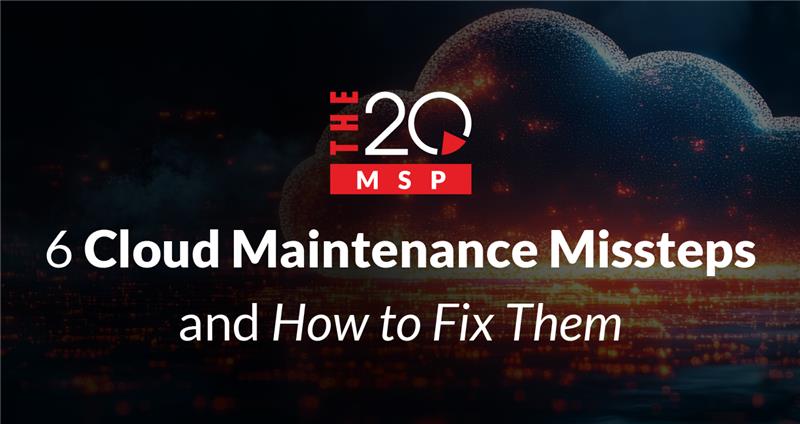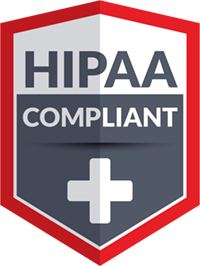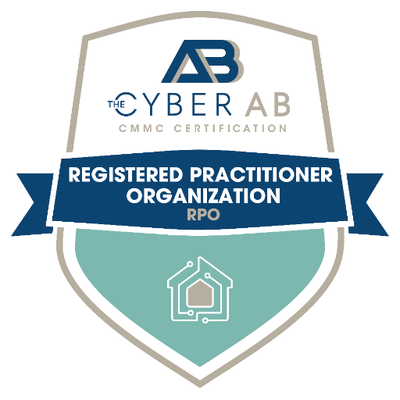
6 Cloud Maintenance Missteps and How to Fix Them
Cloud adoption has become the norm. According to Flexera’s 2024 State of the Cloud report, 60% of workloads for SMBs were hosted in the cloud. Despite this, cloud maintenance is a major problem. In 2024, nearly a quarter of cloud incidents were caused by misconfigurations, and over 80% of those were due to human error.
These errors in cloud maintenance can lead to serious issues, like data breaches, compliance violations, and downtime. All completely preventable things.
If you’ve gone through the trouble migrating to the cloud, you can’t afford to ignore what comes after.
So, ask yourself: Are you giving your cloud maintenance enough thought?
If any of the following sounds familiar, it might be time for a cloud check-up.
1. You never changed your default settings
So, you’re up on the cloud, everyone can upload and save their work, and collaboration is easier than ever. But there’s a problem – you never changed the default settings. What default settings? Your permissions, network rules, storage options, and all the behind-the-scenes stuff that keep your cloud functioning.
The thing is, “default” cloud settings aren’t made for your business. They’re the basics, the just-enough to get you running. When it comes to cloud maintenance, relying on defaults is like never changing the locks on a new building.
If you coast too long on default settings, you’re risking security issues and compliance violations. Here are a few things to check when reviewing your cloud’s default settings:
- Network configurations: Default network settings aren’t going to be as granular as a custom setup. This can leave you open to cyberattacks such as data breaches or ransomware, as well as unauthorized access to resources.
- Permissions: Not everyone in your business should have full access to everything—you wouldn’t give your intern access to payroll—but default permission settings don’t know that. However, default permissions also create a significant risk in the event of a cyberattack. If every account has access to everything, then a hacker only needs to compromise one employee to get full access to your entire company.
- Encryption settings: your cloud environment may not enable encryption by default, so it’s important you make sure this critical security feature is turned on to avoid unnecessary security risk.
- Monitoring settings: Monitoring provides your IT team with a detailed overview of your cloud environment. Without monitoring enabled, your IT team won’t have the visibility needed to spot security threats or other incidents.
2. Your team is using weak passwords
Password hygiene is a tale as old as time for computer security, and it’s no different for cloud maintenance. The issue is that people still use the same password for most of their online accounts – and yes, even for work-related ones. If even one of these passwords gets compromised, your entire cloud environment is put in danger.
To fix this:
- Train employees on what makes a good password.
- Enforce password rotation policies using built-in cloud tools.
- Enable security features like multi-factor authentication (MFA) for added protection.
Some cloud environments even let you automatically expire passwords on a schedule, forcing your team to regularly change their credentials.
3. You don’t regularly audit your cloud
Your cloud environment is going to change. Whether it’s through new data being uploaded, new users added, or cloud provider updates, things aren’t going to stay the same forever. Understanding this is critical to proper cloud maintenance.
If you’re not regularly auditing your cloud setup, checking for security holes or compliance mistakes, you’re leaving your business vulnerable. In fact, according to a 2022 report, nearly 45% of businesses either suffered a cloud data breach or failed a cloud audit within a single year of setting up their cloud environment.
But audits don’t just catch security issues; they also help you save money. That’s because, over time, inactive accounts and unused services can stack up. If you aren’t cleaning house on a regular basis, chances are high that you’re spending money you don’t need to.
Make sure you’re scheduling an audit, at a minimum, once a year. Because if you don’t know what’s going on inside your cloud environment, you won’t be able to make the most of it.
4. You’re having storage issues
Your cloud isn’t unlimited. You will run out of space eventually. And when that happens, it means more than just not having a place to save things. Without proper cloud maintenance, your storage issues can lead to syncing issues, failed backups, and system errors, all of which can lead to eventual data loss.
This could happen because you don’t have policies in place to remove old files, or your storage plan isn’t big enough for what you need.
On the flip side, you could have too much storage. Meaning, you’re paying for a lot more open storage space you aren’t ever going to use.
Make sure you know how much storage you’re going to need, and keep an eye on your total storage as your business grows in the cloud. Adding storage is usually made easy by cloud providers, so as long as you stay ahead of things, it shouldn’t be an issue.
5. You never trained your team
The cloud isn’t just a new folder to dump files into. If your team hasn’t changed the way they work since migrating, you might as well have skipped the migration altogether. And it’s not just a waste of money – poor adoption can lead to issues like file-sharing confusion, outdated programs that don’t play well with your new setup, and slower, messier communication.
Good cloud maintenance is as much about making sure your team is trained as it is about security updates and storage limits. You could organize group training sessions, quick-reference cheat sheets, or any other creative approach that fits your team’s style.
The cloud can absolutely make your life easier, but only if you work with it, not against it.
6. Your backup plan hasn’t changed
If you think your data is safe just because it’s in the cloud, think again. Cloud providers don’t automatically protect your individual files – that’s on you.
If you’re only backing up your old on-premises data, you’re leaving a massive hole in your recovery plan. An overlooked part of cloud maintenance is making sure your backup strategy actually covers your cloud environment, and that it works.
That means regularly testing your cloud backups, your disaster recovery plan, while making sure your backups run reliably and restore when needed.
Sure, your cloud data won’t get wiped out by an office flood. But a badly timed service outage, accidental deletion, or something more nefarious – like a ransomware hit or DDoS attack – can turn your cloud migration into a serious liability if you’re not prepared.
Manage your Cloud with an MSP
The cloud can make life a lot easier for SMBs: it can lower infrastructure and hardware costs, lead to better team collaboration, and make it easier for your team to access the tools they need. But that’s only if you’re ready to keep up with the maintenance and resources needed to keep everything running.
The thing is, most SMBs just aren’t built for that kind of commitment. And that’s okay. There’s a reason so many businesses turn to MSPs for help with their cloud maintenance.
Most MSPs have serious experience working in the cloud and the resources to back them up. That means they can monitor your storage, updates, security backups, and even train your team – so you can get the most out of your cloud environment without stressing about the details.
If you’re looking for an MSP who can take the pressure off your cloud environment, we’ve got you covered. The 20 MSP has been working in the cloud for years, helping clients get the most out of platforms like Azure, OneDrive, and a whole lot more. We get the cloud, and we help our clients get it too.
So, reach out. Let’s get started.
Want more tips like this?
Subscribe using the form on the right and get our latest cybersecurity insights delivered straight to your inbox.
About The 20 MSP
As a leading provider of managed IT services, The 20 MSP serves thousands of businesses nationwide, including single and multi-location organizations, delivering white-glove service, secure and streamlined IT infrastructure, and 24/7/365 support. We believe in building lasting relationships with clients founded on trust, communication, and the delivery of high-value services for a fair and predictable price. Our client’s success is our success, and we are committed to helping each and every organization we serve leverage technology to secure a competitive advantage and achieve new growth.






